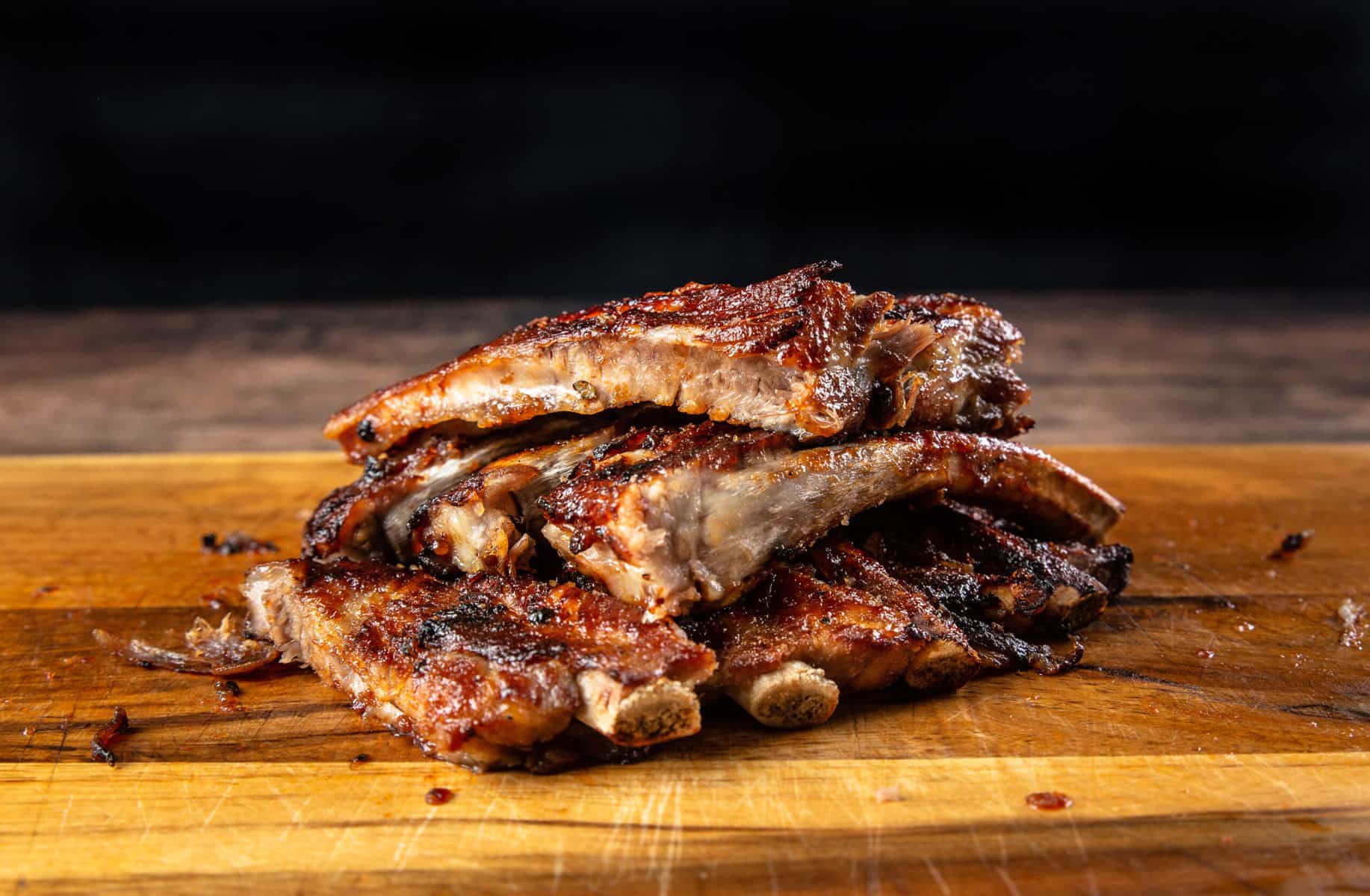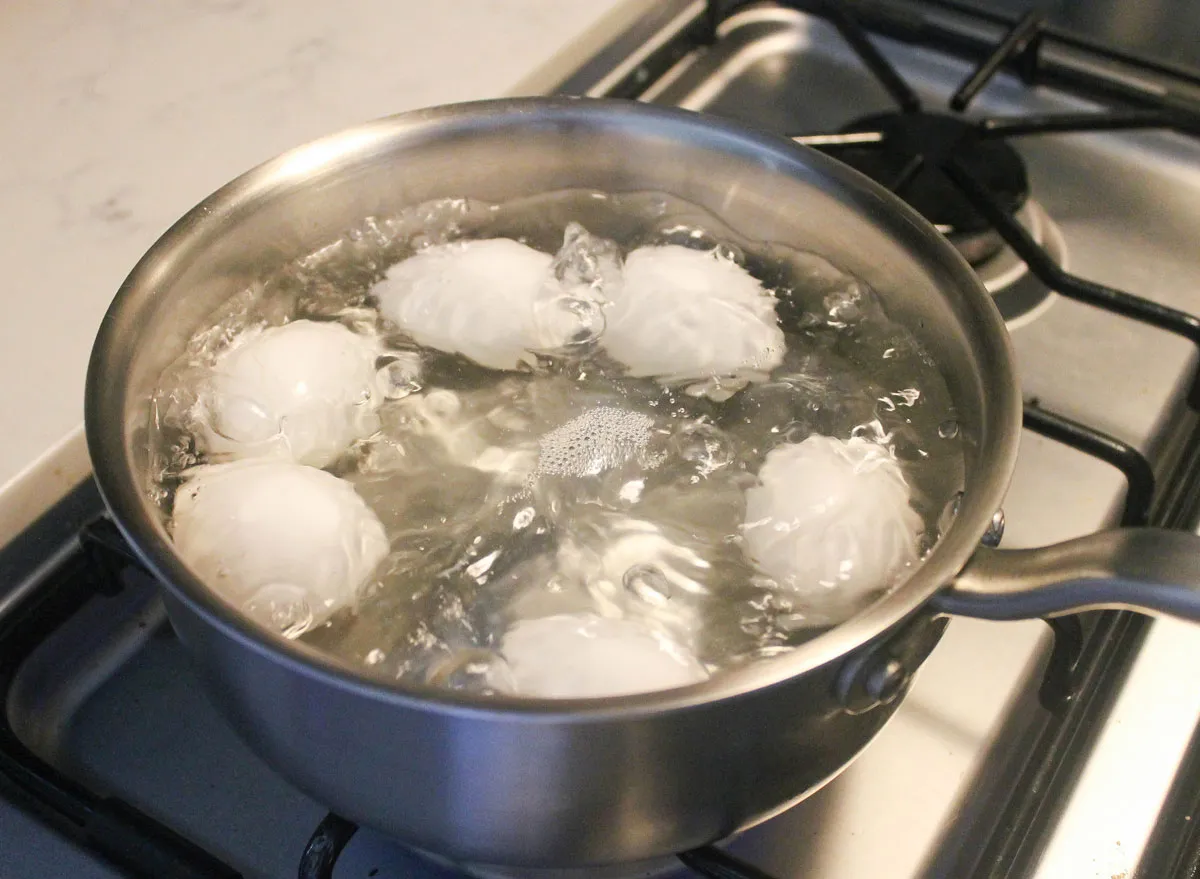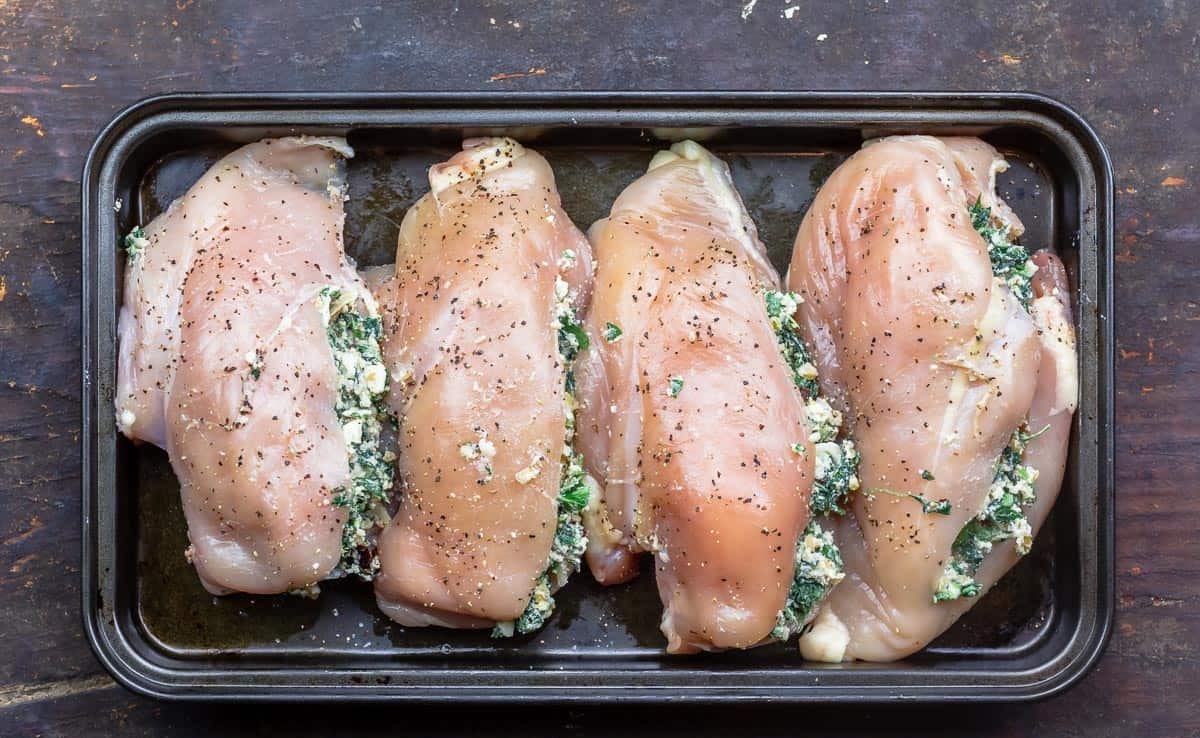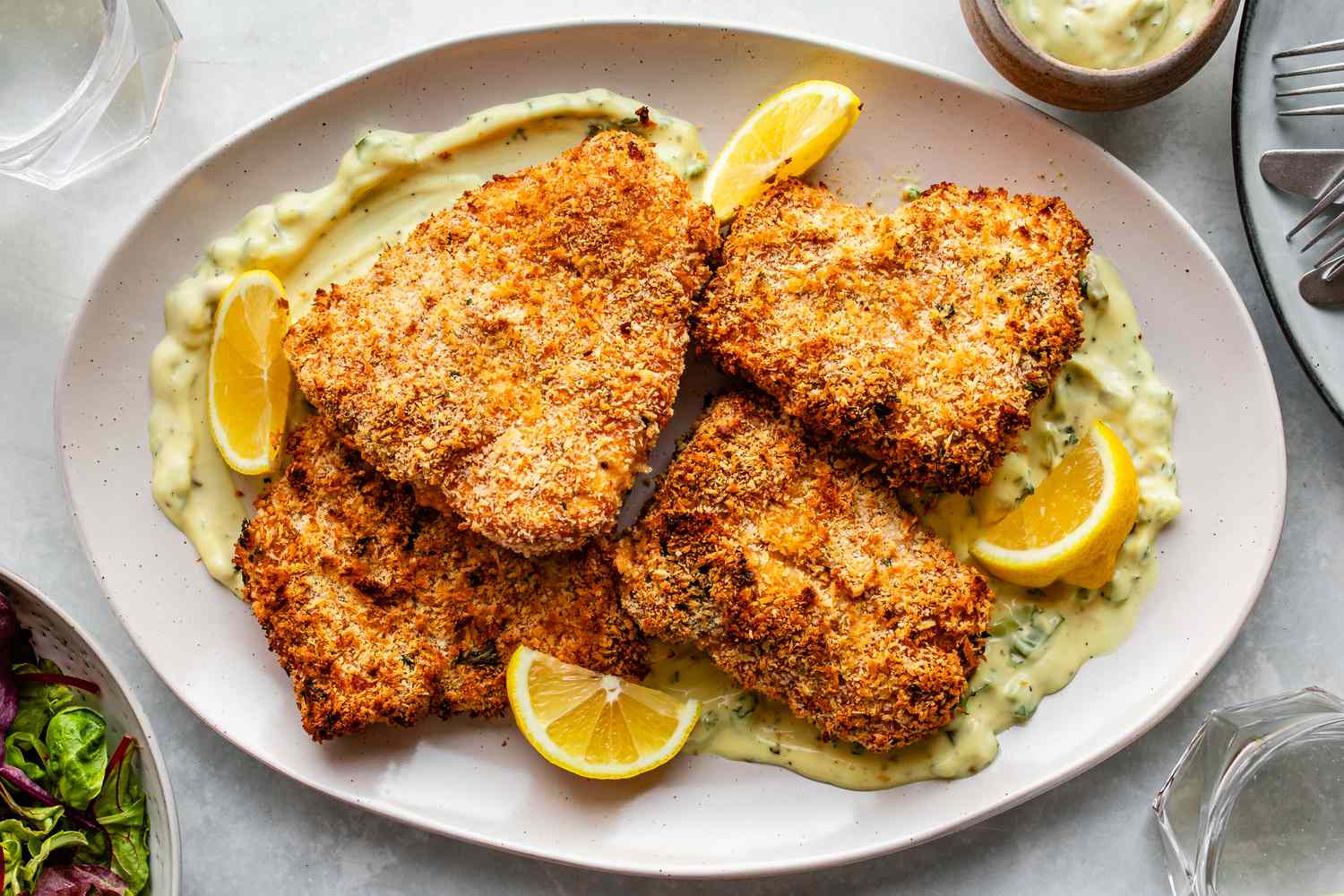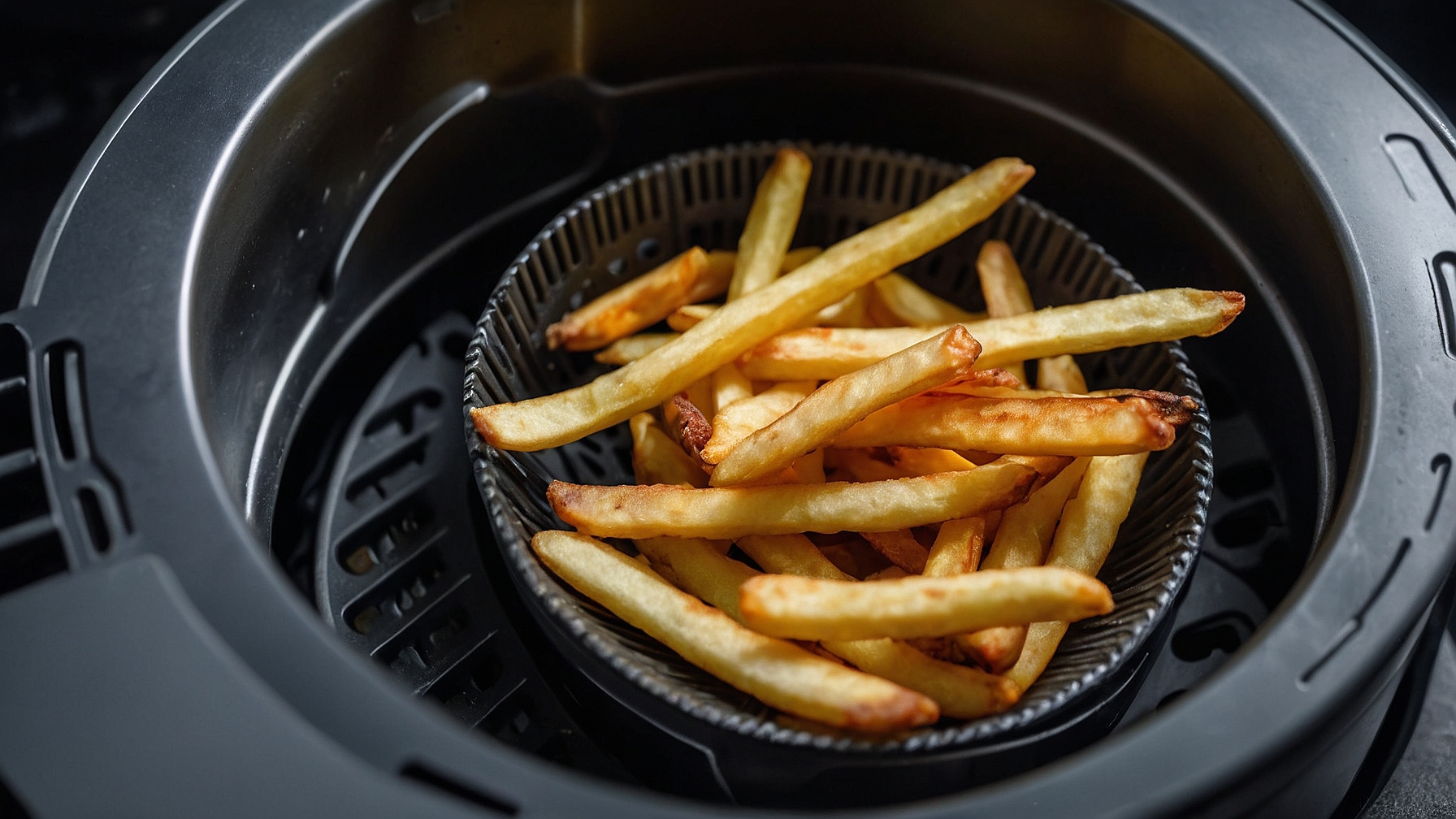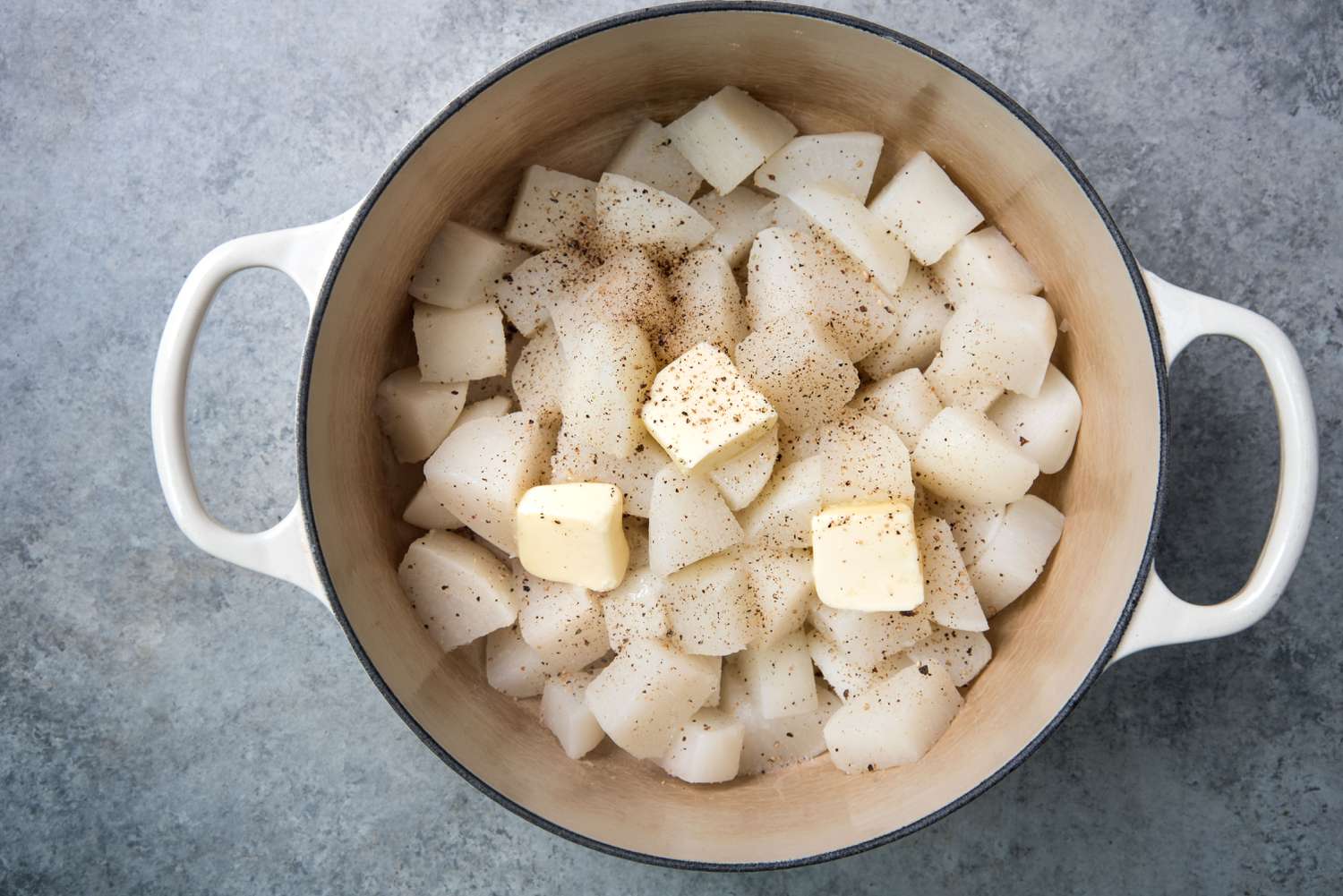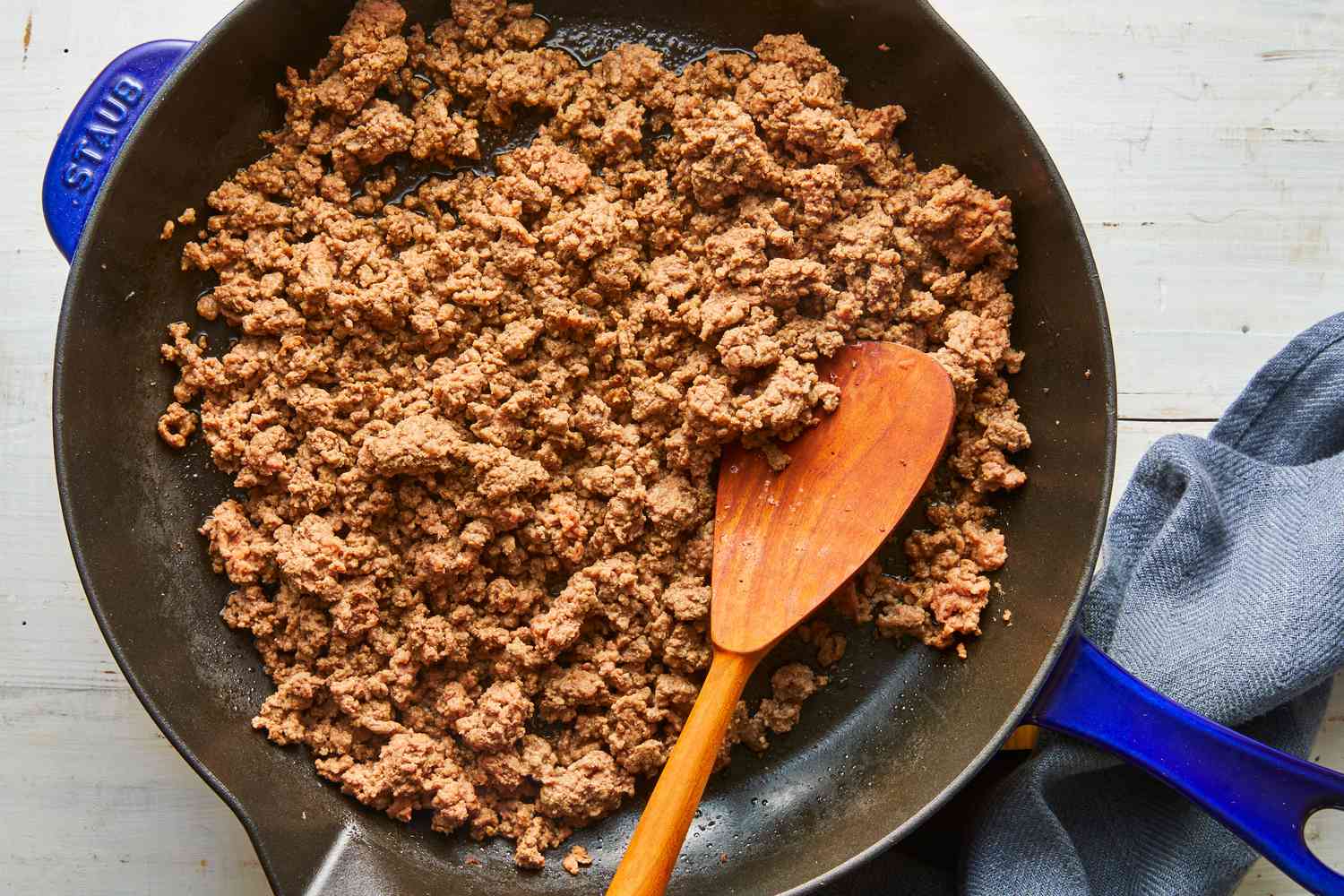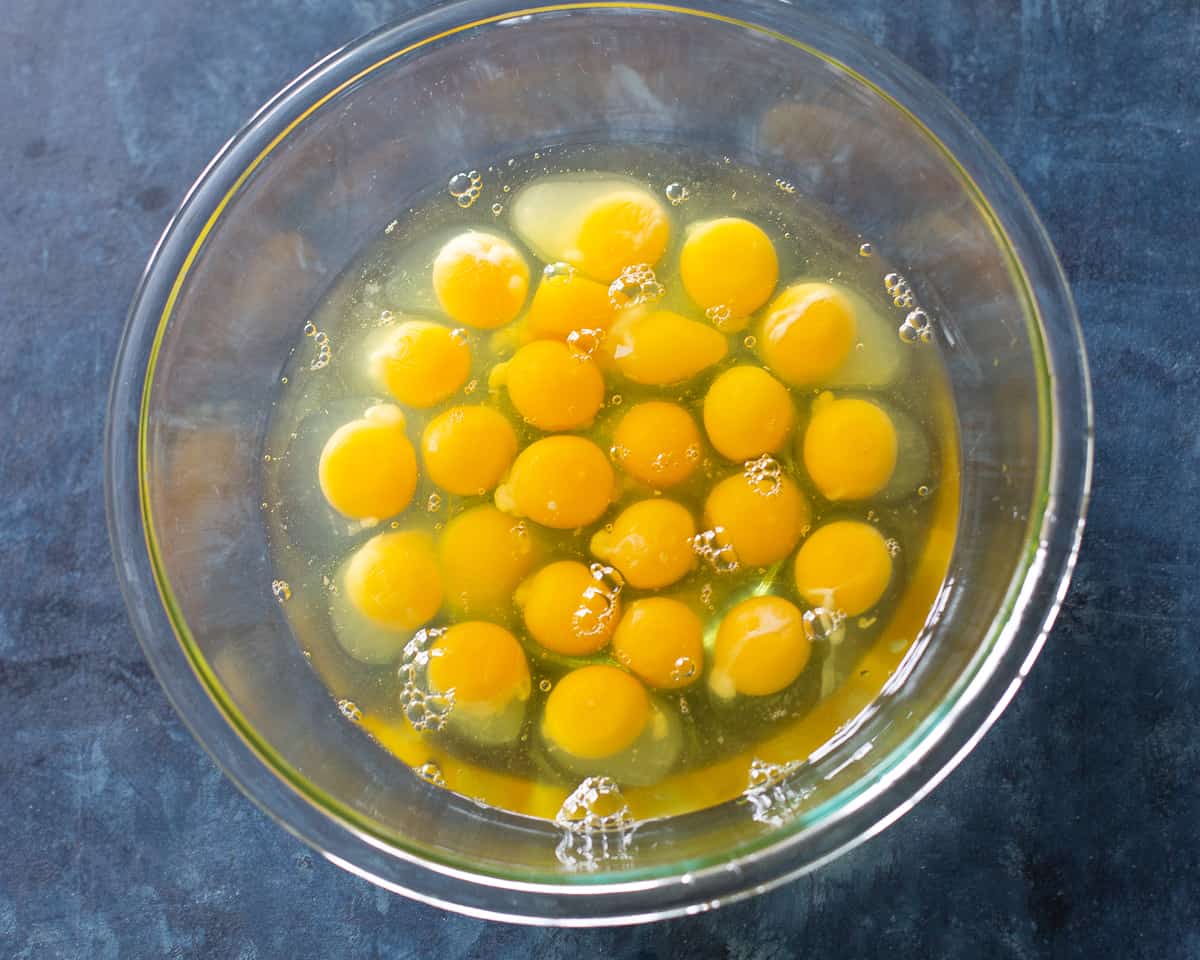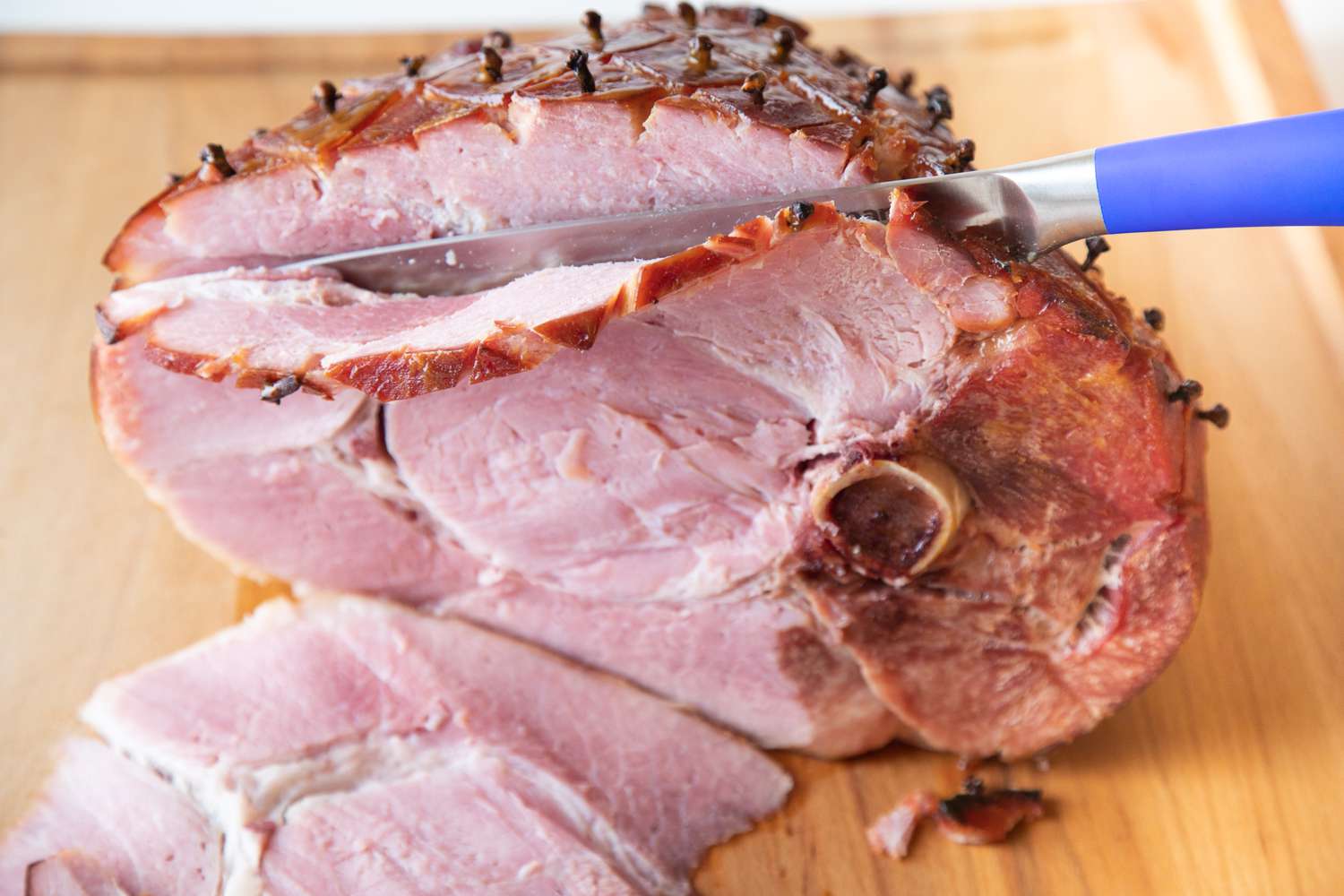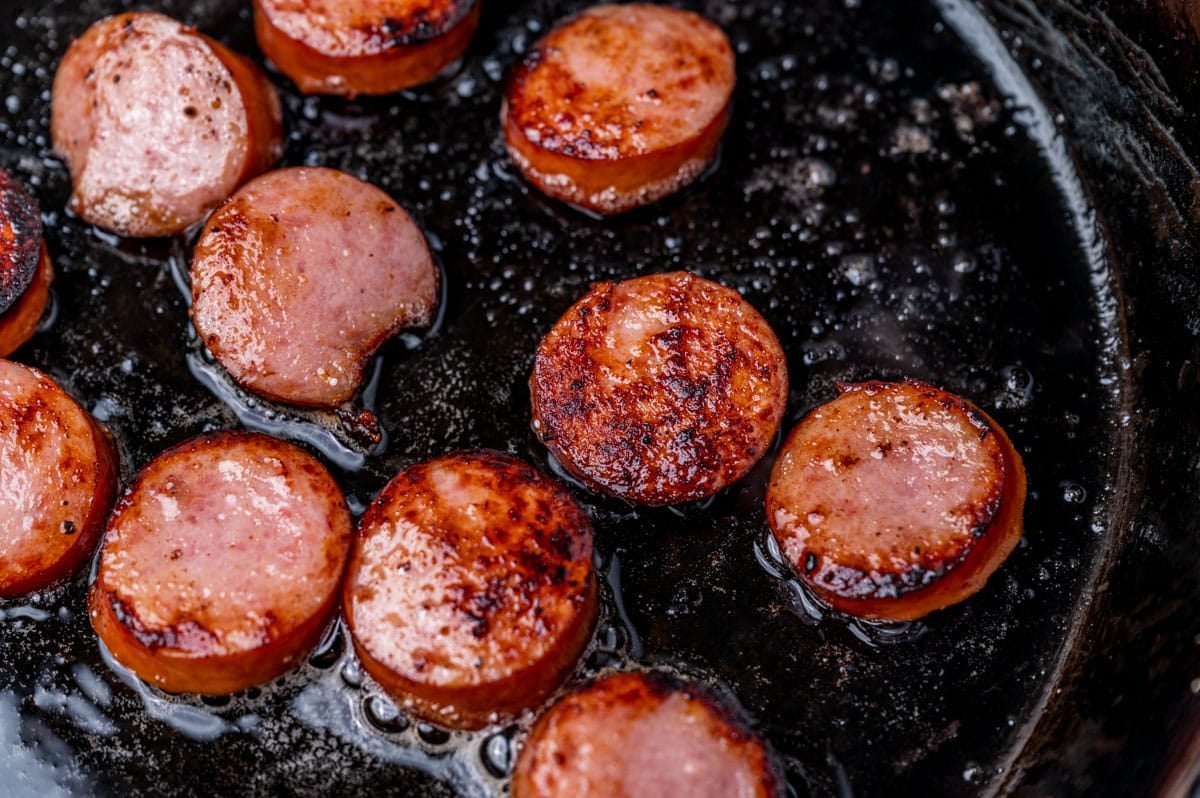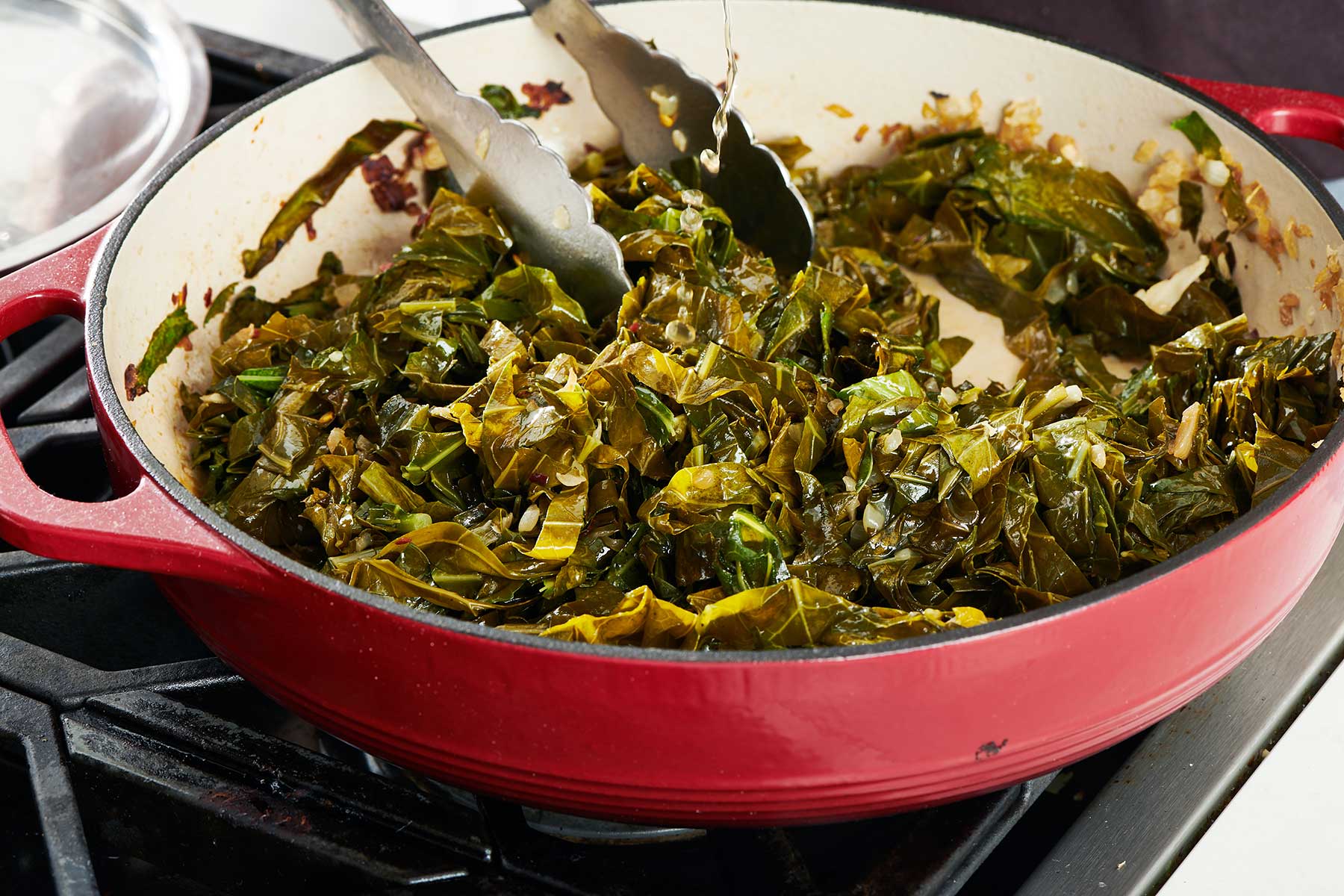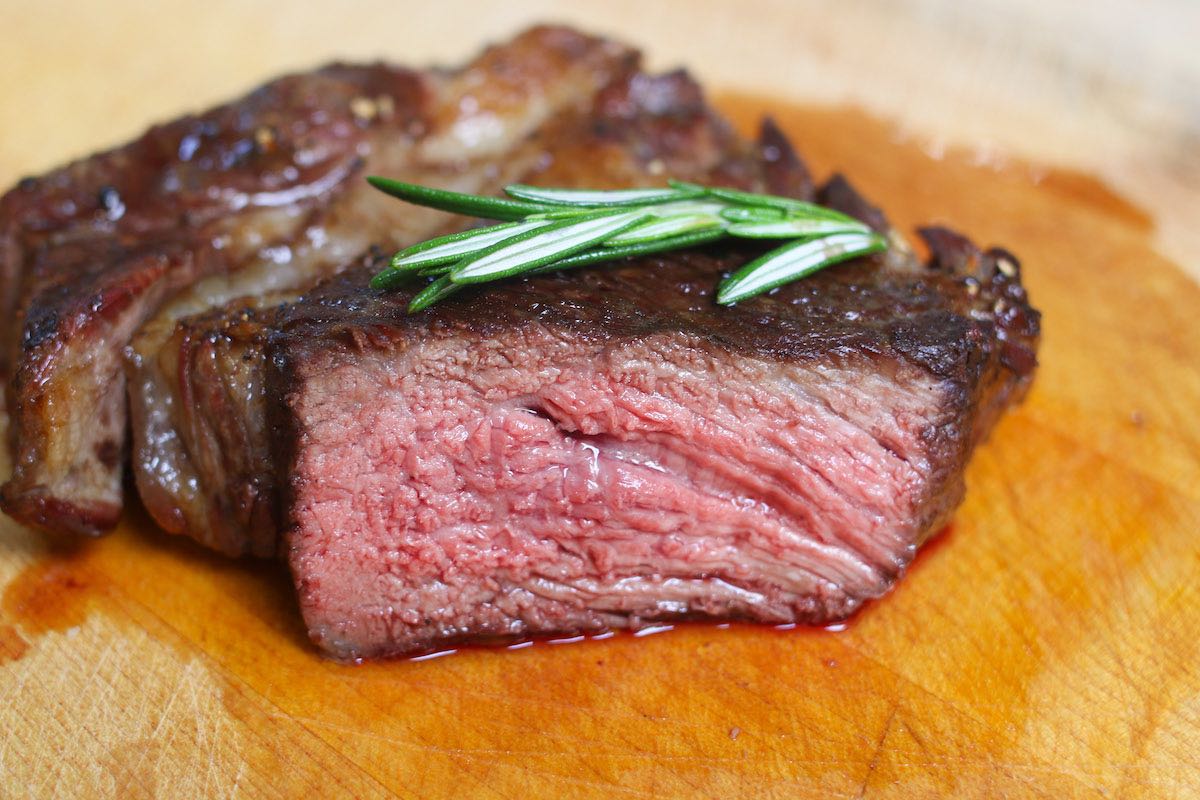Discover the Art of Cooking Delicious White Fish Fillets
Are you ready to master the art of cooking white fish fillets? Whether you’re a seasoned home cook or just starting out, this guide will help you turn plain white fish into a mouthwatering culinary masterpiece. By following these simple steps, you’ll learn how to perfectly cook white fish fillets every time.
Choose the Perfect White Fish
The first step in creating a delicious white fish fillet dish is choosing the right fish. Some popular options include cod, haddock, sole, and halibut. Look for fresh fillets that have a firm texture and a mild, delicate flavor.
Pro tip: If you’re unsure which white fish to choose, ask your local fishmonger for their recommendation based on what is fresh and in-season.
Prepare the White Fish Fillets
Before cooking the white fish fillets, it’s essential to prepare them properly. Follow these steps for best results:
- Rinse the fillets: Give the fillets a gentle rinse under cold water and pat them dry with a paper towel.
- Season to taste: Sprinkle the fillets with sea salt, freshly ground black pepper, and your choice of herbs or spices.
- Optional marination: For extra flavor, consider marinating the fillets in a combination of olive oil, lemon juice, and garlic for 30 minutes before cooking.
Choose Your Cooking Method
When it comes to cooking white fish fillets, you have several options. Here are three popular methods:
- Pan-frying: Heat oil or butter in a non-stick skillet over medium-high heat. Add the seasoned fillets and cook for about 3-4 minutes per side until they turn golden brown.
- Baking: Preheat the oven to 400°F (200°C). Place the fillets on a greased baking sheet and cook for approximately 10-15 minutes, depending on the thickness of the fillets.
- Grilling: Preheat the grill to medium heat. Brush the fillets with oil and grill for about 3-4 minutes per side until they are opaque and flaky.
Pro tip: Regardless of the cooking method, make sure not to overcook the fish, as it can result in a dry and less flavorful fillet.
Serving Suggestions
White fish fillets are incredibly versatile and pair well with a variety of flavors. Here are some serving suggestions to elevate your dish:
- Lemon and herb sauce: Top the cooked fillets with a drizzle of lemon butter sauce and a sprinkle of fresh herbs like dill or parsley.
- Mango salsa: Serve the fillets with a refreshing mango salsa made from diced mango, red onion, jalapeno, cilantro, and lime juice.
- Garlic and butter: Melt some butter in a saucepan, sauté minced garlic until fragrant, and pour the mixture over the cooked fillets.
Feel free to experiment with different flavors and presentations to create a dish that suits your taste buds.
Time to Enjoy Your White Fish Fillets
Now that you’ve mastered the art of cooking white fish fillets, it’s time to sit back, relax, and savor the delicious flavors you’ve created. Whether you enjoy them with a side of roasted vegetables, a fresh salad, or some fluffy rice, these versatile fillets are sure to impress your taste buds and leave you wanting more!
So what are you waiting for? Head to your nearest seafood market, grab some fresh white fish fillets, and start cooking your way to culinary excellence!
Was this page helpful?
Read Next: How To Cook Thai Sweet Rice
